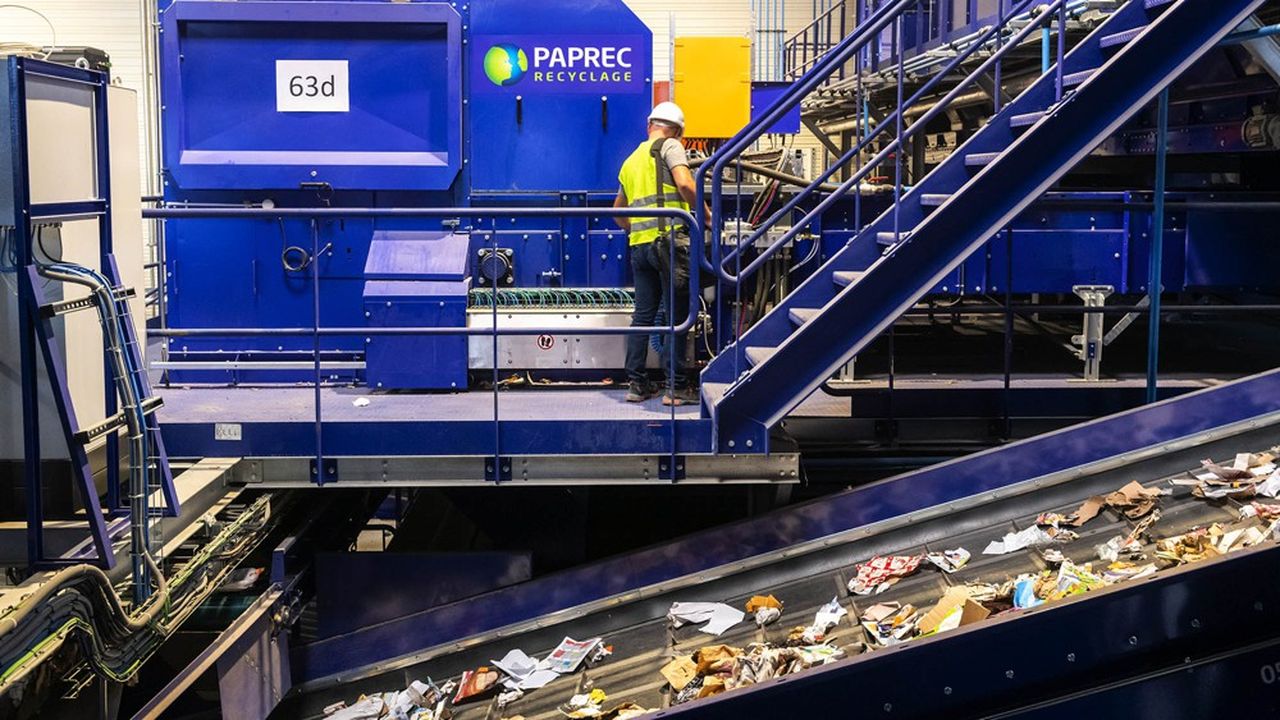A train that can run on both road and rail. This is one of SNCF’s projects for 2026, reveal our colleagues from The cross Thursday, March 31st. This vehicle, with electric batteries and composed of wheels developed by Michelin, will be called “Flexy”. With a capacity of nine people, it will allow residents of rural areas poorly served by public transport to reach town centers and train stations. Flexy will pick them up directly in their village, he will take the road to then join the rails of the rail network. Experiments will take place in “many regions”, assures Carole Desnot, patron of innovations at the SNCF.
The railway company is working on a range of future regional trains, lighter than the current TER, specifies La Croix, in order to avoid the closure of stations or small lines. For example, on those with little traffic, the SNCF imagines a small vehicle: Draizy, which can carry up to thirty passengers. Where heavy trains can no longer run or are limited in speed because they risk degrading already damaged tracks, the railway company is banking on “innovative light trains” (TLi) which would replace conventional TERs.
Reduce CO2 emissions
All these innovations will run on electric batteries since the trains in question are intended to run on mostly non-electrified lines. Indeed, as the national daily reminds us, nearly half of the French rail network is not electrified. Most of the trains that run there run on diesel. The SNCF thus wishes to work with equipment that is less expensive to purchase and to maintain.
In addition to the economic argument, the railway company advances the ecological issue. The objective, according to Carole Desnot, “is to completely phase out diesel by 2035”. Rapeseed oil engines, hybrid TERs, hydrogen trains… The SNCF is considering several ways to reduce the CO2 emissions of its vehicles in the coming years. For this, it wishes to innovate on the TER but also the TGV. A new generation of it should see the light of day around 2024, reports La Croix. The railway company is pleased with this industrial project, which has a purchase price 20% lower than the previous generation, a maintenance cost lowered by 30% and an energy gain of 20%.
–
Receive our latest news
Every morning, the information to remember on the financial markets.

